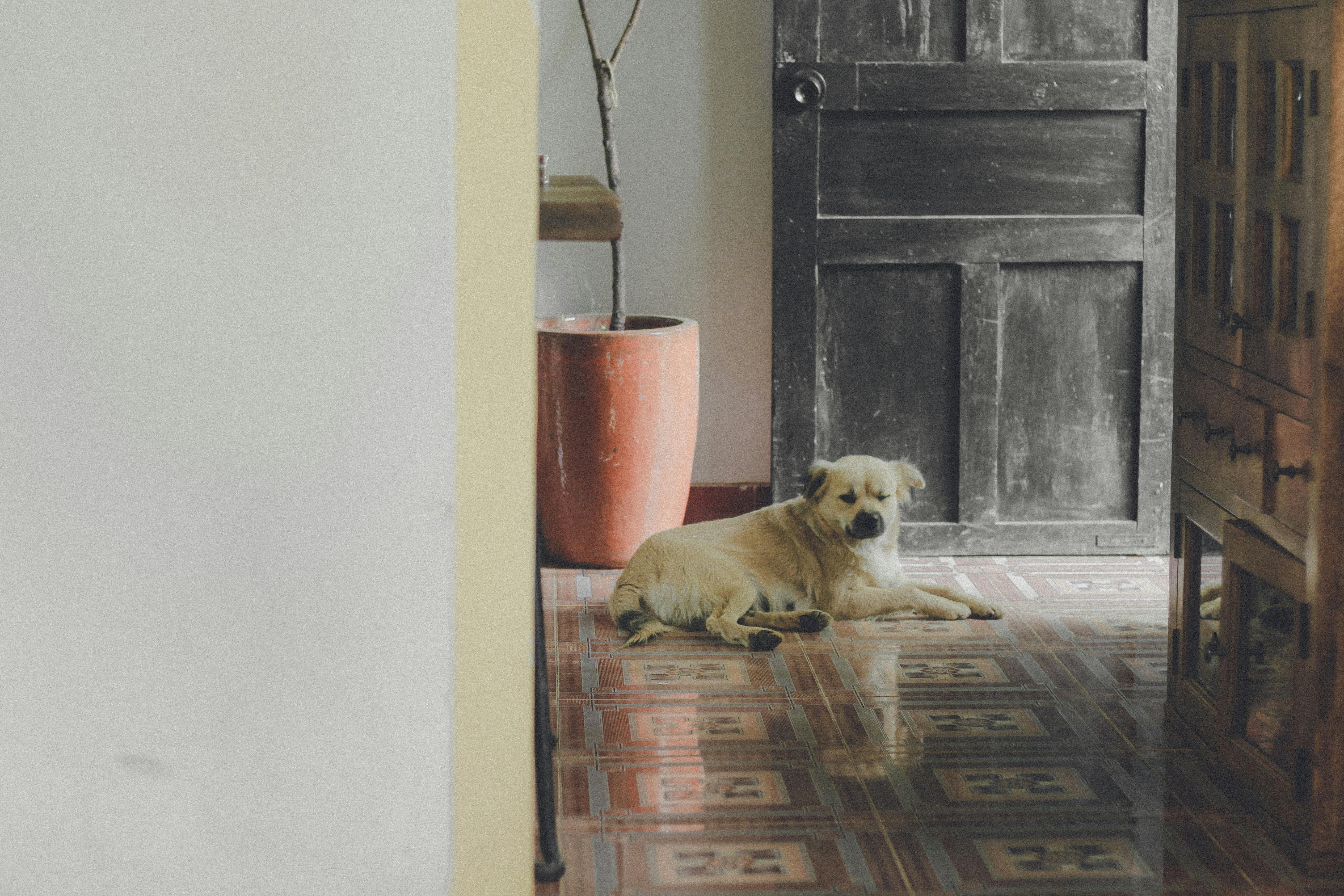
7 tips for separation anxiety in adopted greyhounds, my favorite is number 7
Many dogs suffer from separation anxiety and have difficulty coping with situations when they are alone. A retired racing greyhound who retires as a household pet is particularly susceptible to separation anxiety.
This anxiety stems from these retired racers who suddenly find themselves living like a house pet in a new place with strangers and without their running partners, especially after spending their entire lives puppies and racing with other greyhounds 24 hours a day. , in a family environment. them and with people, handlers and trainers with strict schedules.
Once a retired greyhound is adopted, their whole world changes, especially if they become a unique dog in their new home. The environment is new, the routines are different and the people, although loving, are also different. This new set of situations and times, in some dogs, triggers separation anxiety.
Separation anxiety usually shows itself in many forms, including pooping and urinating in the house, being destructive, and, in some dogs, exhibiting increased vocalization, from barking and mooing to howling and whining.
Let’s get to the tips so we can help our recently adopted grays adjust to their wonderful new life in retirement.
1. Keep some toys with your dog when you leave. Familiar toys help comfort an anxious dog, and challenging toys keep him busy too. One toy that has worked wonders for me in reducing separation anxiety is the Buster Food Cube. Fill this toy with about a pound of dog kibble and your dog will play with it for hours. The food falls out while the dog plays with the bucket and keeps him busy and distracted by the fact that you’re gone.
2. Baby gate instead of cage. Some greyhounds will do fine in a crate, as I mentioned in a previous post, but studies have also shown that crate confinement can aggravate anxiety in some dogs. So get some baby gates to keep your gray in a defined area. He can roam comfortably and will be calmer while you’re away.
3. Guidelines and separation routines. Here you start a routine where your greyhound knows you are leaving, but also associates the routine with your return. You tell your gray: “I’ll be back, be a good girl”, every time you leave, even if it’s to go get the mail. He will eventually associate your cue with “everything is going to be okay and my human always comes back”.
4. An anxiety or storm vest. Studies have shown that a fitted storm vest will help a dog with some of its anxiety issues. I personally haven’t seen a difference in Fisher, our adopted greyhound, but I have noticed a big difference in Winston (our rescued schnauzer). Winston would panic in heavy thunderstorms, but in the storm/anxiety vest he seems much calmer when the thunder is rolling and falls asleep quite easily. The type we have is the Thundershirt and we wear it whenever bad weather approaches.
5. Medications. I personally don’t recommend medicating your dog unless it’s an extreme case of anxiety, but it’s an option for unusually anxious dogs. The rule of thumb is that all medications should be temporary and as part of a more comprehensive plan to eliminate your greyhound’s separation anxiety.
6. Supplements. I haven’t tried them, but I have seen some on the market that are supposed to reduce anxiety in dogs. I have also heard that they work from friends and colleagues. On my next adoption, if we have separation anxiety, I will try a few of these as part of the whole “assimilation to the new home” process.
7. What is the last and most important piece of advice? Let’s see if you guessed it right. Stop reading for a bit and take a guess… Yes, the number one tip for separation anxiety is…: Adopt another retired greyhound! The company of another dog, especially a greyhound, greatly reduces separation anxiety in retired runners. And, as a bonus, this will help you too! As? Well, you can be sure that you have saved two other greyhounds… the one you just adopted and the one that took his place in the rescue or adoption organization. Pat yourself on the back, pet your greyhounds and you will know that you are amazing!
Depending on your dog’s personality and disposition, use these tips alone or combine them according to your dog’s needs. This should help your foster greyhound gradually settle into his new home and have a successful life with you!
I hope these tips help you, whether you use one, two, or all. They have helped me tremendously in making Fisher happy and comfortable here in my home.
Be sure to sign up for our email newsletter with more tips and great articles, like us on Facebook and follow us on Twitter. And click the links below to continue your journey as a superhero for all those retired racing greyhounds.